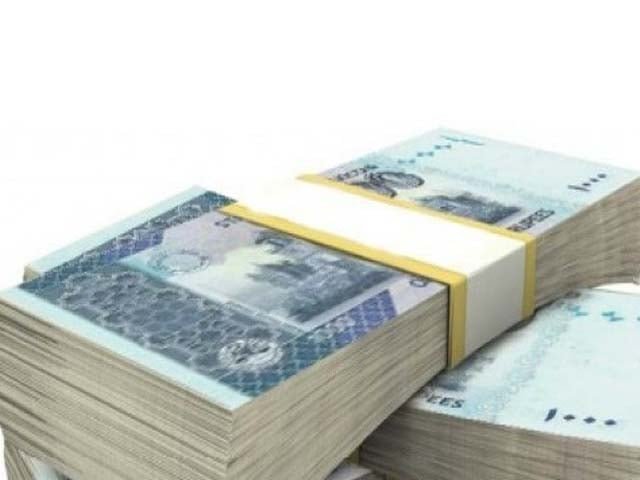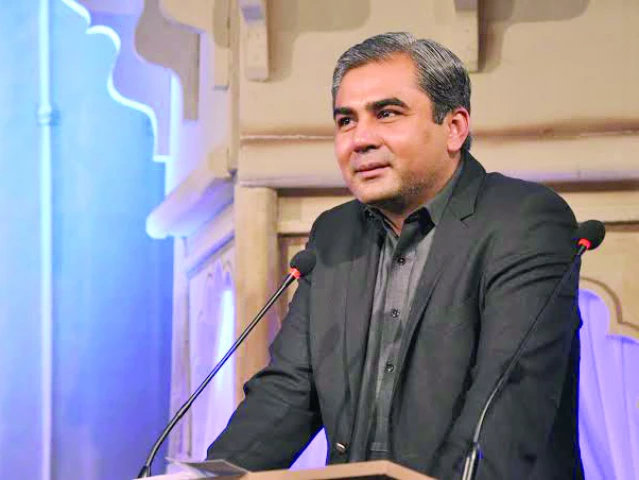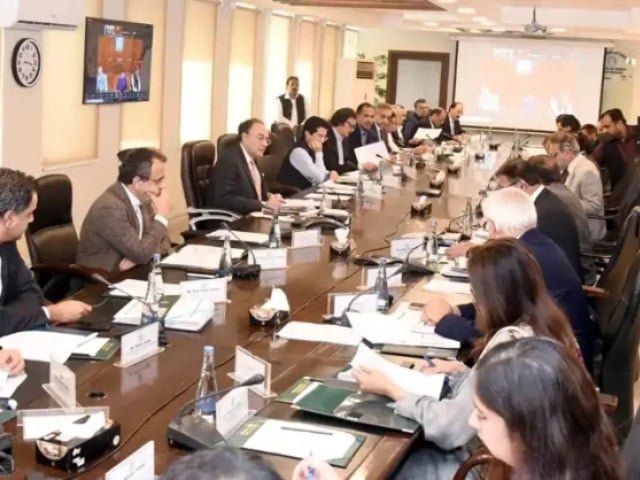Big Moves in Pakistan’s Banking Sector: SBP’s Massive Liquidity Injection
On June 20, 2025, the State Bank of Pakistan (SBP) made headlines by conducting one of the highest Open Market Operations (OMOs) in its history. This significant action injected a staggering Rs14.3 trillion into the banking system, aimed at addressing both temporary and structural liquidity needs.
The official numbers are impressive. The SBP accepted Rs13.93 trillion via a conventional reverse repo at a return rate of 11.03% per annum from 36 different quotes. Additionally, a Shariah-compliant Mudarabah-based OMO injection of Rs375 billion was executed at a slightly higher return of 11.11% from three accepted quotes. This level of liquidity injection is not just a routine operation; it reflects the central bank’s proactive approach to managing the financial landscape.
Sana Tawfiq, Head of Research at Arif Habib Limited, characterized this move as "among the highest single-day OMOs by the central bank." She attributed the surge in liquidity demands to a mix of temporary factors, particularly the pre-Eid currency circulation increases. It’s common to see a spike in cash requirements during this festive season, creating what she refers to as a temporary liquidity gap.
However, it’s not just about seasonal fluctuations. Tawfiq pointed out that structural issues, such as rising debt repayments and a notable lag between outgoing and incoming funds, are exacerbating the demand for liquidity. Adding another layer of complexity is the government’s fiscal deficit financing, which faces restrictions imposed by the International Monetary Fund (IMF). These constraints prevent direct borrowing from the SBP, compelling banks to focus their lending efforts into government securities instead.
Moving forward, market experts predict that liquidity injections will likely remain elevated until the cash flow stabilizes post-Eid. As this cycle of money management continues, it’s essential to keep an eye on the broader economic environment.
Meanwhile, the Pakistani rupee took a slight hit against the US dollar in the interbank market, slipping by 0.02%. It settled at 283.70 PKR to one USD—down from the previous day’s closing rate of 283.64. This development is part of a larger trend, as the US dollar is on track for its largest weekly gain in over a month due to safe-haven demand amid rising global geopolitical tensions.
Gold prices also felt the ripples of these dynamics, with local rates reflecting an international market that remained steady but was heading for a weekly loss. Data from the All-Pakistan Gems and Jewellers Sarafa Association (APGJSA) indicated that the price of 24-karat gold per tola dropped by Rs1,595, settling at Rs357,000. For 10 grams, the price fell by Rs1,368 to Rs306,069.
Gold prices globally remained stable, with investors pausing to assess the geopolitical climate, particularly the uncertain situation surrounding the Israel-Iran conflict. Adnan Agar, Director of Interactive Commodities, noted that gold remained range-bound as investors await more definitive information about the Middle East tensions. The international gold market has seen a downward trajectory, with a noticeable support level identified at $3,320.
In summary, the SBP’s remarkable liquidity injection reflects urgent efforts to stabilize Pakistan’s banking sector amid a variety of pressures. With factors such as festive cash demand, strict IMF regulations, and global market movements impacting local economics, it’s essential for both investors and everyday citizens to stay informed. As liquidity may continue to rise in the short term, the interplay between fiscal management and market dynamics will be crucial to watch.





